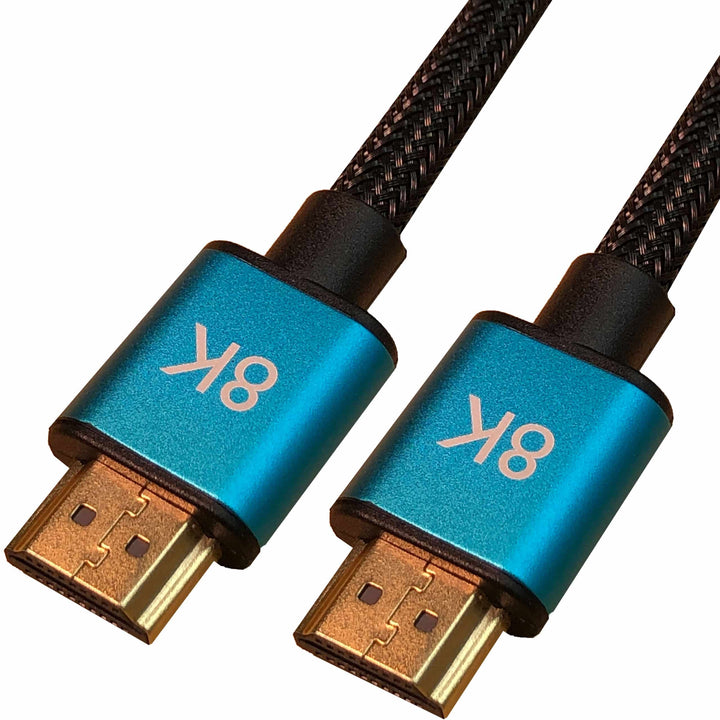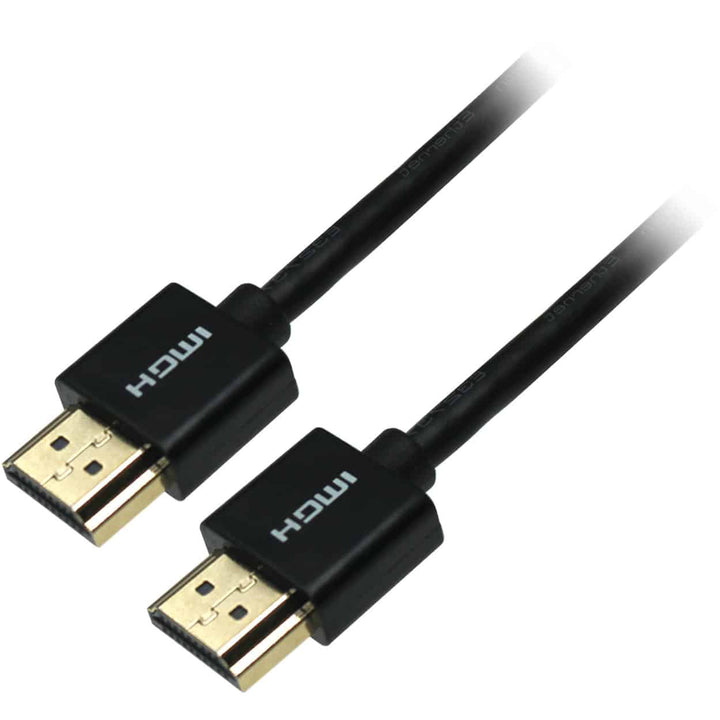A Comprehensive Guide to Selecting the Right HDMI Products for Your Business

In today’s digitally driven world, businesses rely heavily on high-quality audiovisual equipment to enhance presentations, streamline communications, and deliver content effectively. HDMI (High-Definition Multimedia Interface) has become the standard for transmitting audio and video signals between devices. However, with a wide variety of HDMI products on the market, choosing the right ones for your business can be challenging. This guide will help you navigate the key factors to consider when selecting HDMI products, ensuring you make the best choices for your business needs.

Understand Your Business Requirements
Before diving into the specifics of HDMI products, it’s crucial to understand your business’s unique needs. Consider the following questions:
- What types of devices will you connect? Determine whether your setup involves connecting computers, projectors, monitors, or other AV equipment.
- What’s the purpose of your HDMI connections? Are you using HDMI for conference rooms, digital signage, presentations, or other applications?
- How many HDMI connections will you need? Assess the number of devices that will require HDMI connectivity.
Understanding your specific requirements will narrow down your options and help you select HDMI products that align with your business goals.
Consider HDMI Standards and Versions
HDMI technology has evolved over the years, with different versions offering varying levels of performance. The most common HDMI standards include:
• HDMI 1.4: Supports 1080p resolution and limited 4K resolution at 24Hz. Ideal for basic setups where ultra-high-definition (UHD) is not a priority.
• HDMI 2.0: Supports 4K resolution at 60Hz, making it suitable for most business applications, including presentations and digital signage.
• HDMI 2.1: Offers 8K resolution at 60Hz and 4K at 120Hz, along with enhanced audio and dynamic HDR. Ideal for businesses that require cutting-edge AV performance.
Selecting the right HDMI version ensures your business can handle current demands and future-proofs your setup for emerging technologies.
HDMI Adapting Cables
Not all devices will have the same type of ports, which can lead to compatibility issues when trying to connect various devices. This is where HDMI adapting cables come into play, providing a versatile solution that allows different types of devices to communicate seamlessly.
Types of HDMI Adapting Cables
- HDMI to VGA: Ideal for connecting newer HDMI-equipped laptops to older monitors or projectors that only support VGA.
- HDMI to DVI: Useful for linking HDMI sources to DVI displays, often found in professional and older home theater setups.
- HDMI to DisplayPort: Perfect for connecting HDMI devices to DisplayPort monitors, common in high-resolution and multi-monitor workstations.
- HDMI to USB-C:Facilitates connections between HDMI sources and modern laptops or tablets equipped with USB-C ports, expanding the range of devices you can use in your setup.
Evaluate Cable Length and Quality
Cable length is a critical factor in HDMI performance. While longer cables can bridge distances between devices, they may also result in signal degradation. For most business environments, HDMI cables up to 50 feet can deliver reliable performance without the need for signal boosters.
Additionally, consider the quality of the HDMI cables. High-quality cables with proper shielding minimize interference and maintain signal integrity.
Assess Compatibility with Existing Equipment
When selecting HDMI products, compatibility with your existing equipment is vital. Ensure that the HDMI products you choose, whether cables, splitters, or switches, are compatible with your current devices.
Plan for Future Growth
Your business’s technology needs may evolve, so it’s wise to select HDMI products that can accommodate future growth. Opt for products that support higher resolutions, additional HDMI ports, and advanced features to ensure scalability as your business expands.
Choose Reliable Brands
Investing in HDMI products from reputable brands can save your business from technical issues and ensure long-term reliability. Companies like 4XEM offer a range of HDMI products, including cables, adapters, and splitters, known for their durability and performance.
Selecting the right HDMI products for your business involves understanding your specific needs, choosing the appropriate HDMI standards, and ensuring compatibility with existing equipment. By considering these factors, you can build an efficient and future-proof AV setup that supports your business’s communication and presentation needs. Remember to prioritize quality and reliability when making your selections, as these factors will contribute to the long-term success of your business operations.





